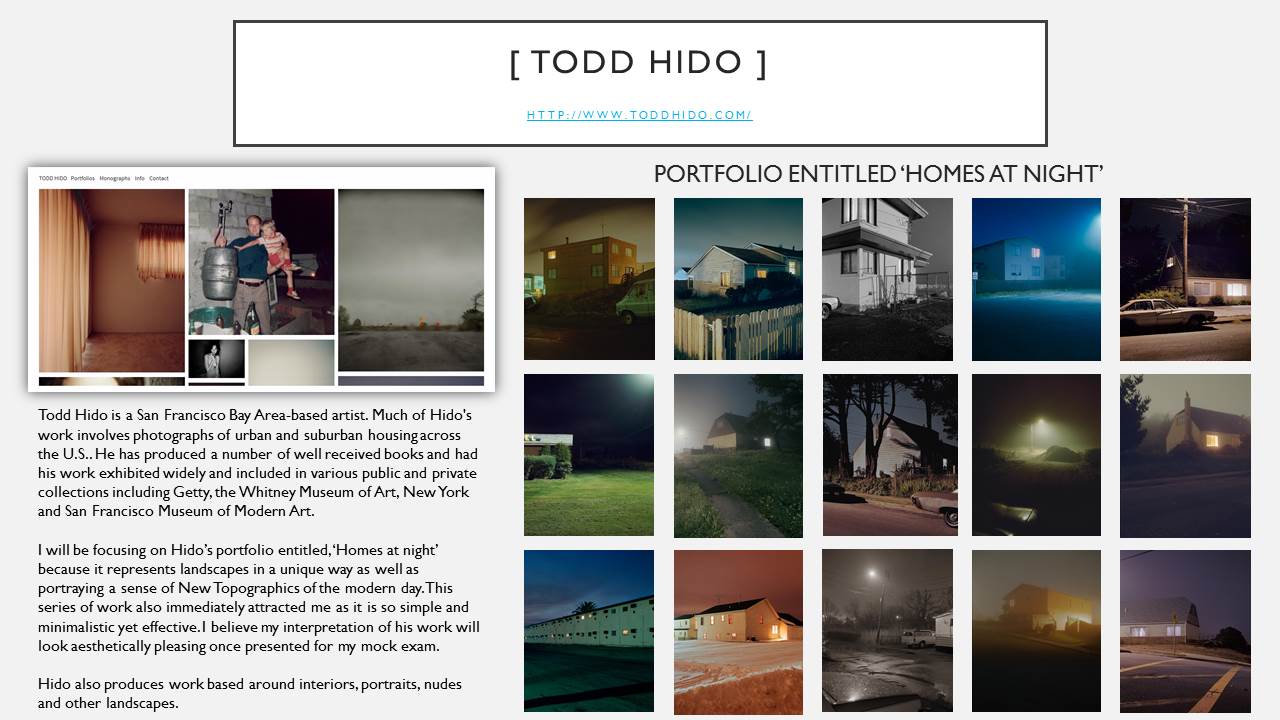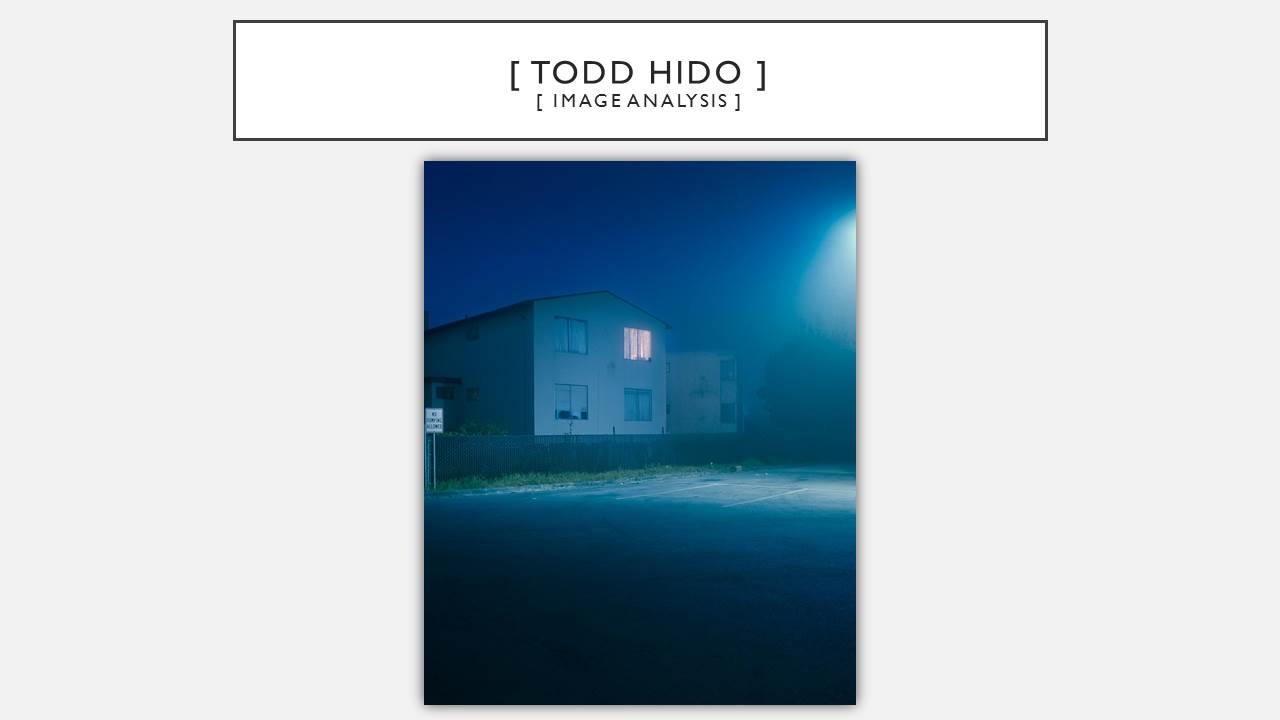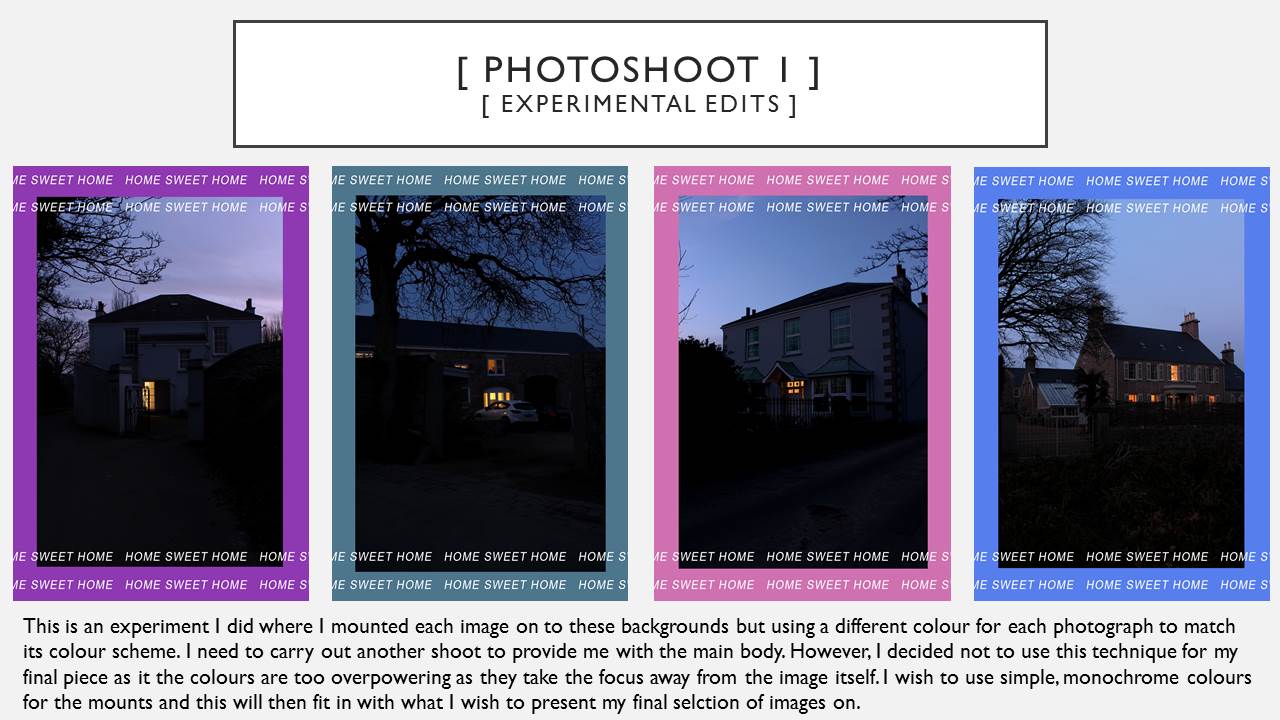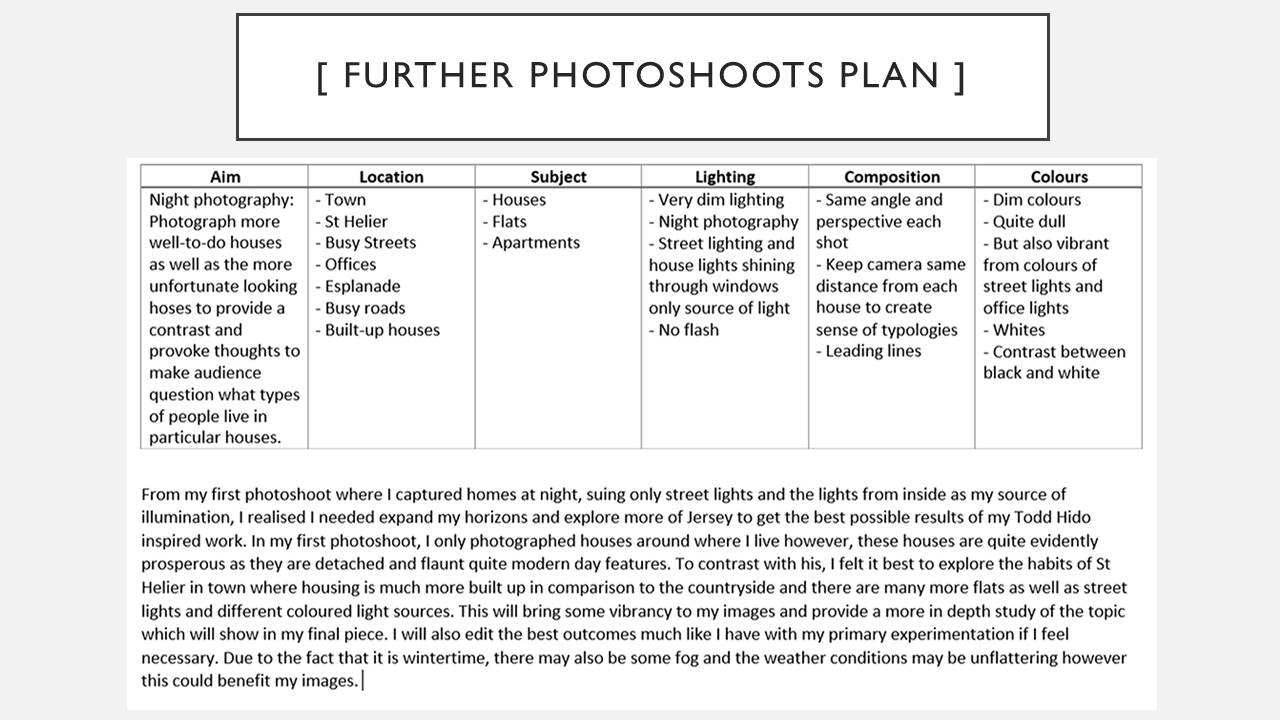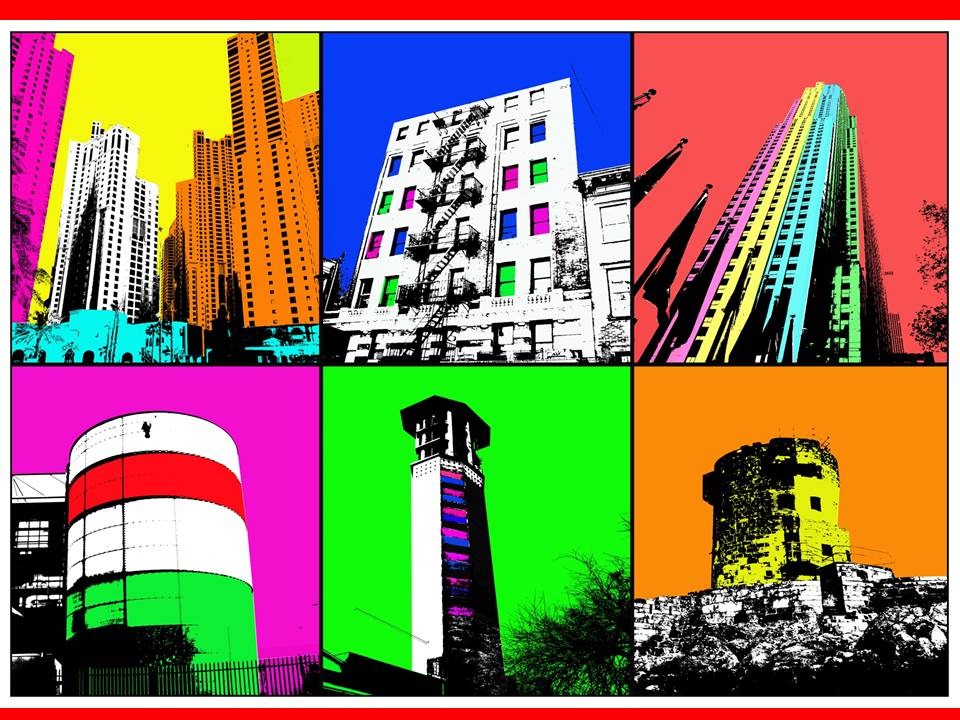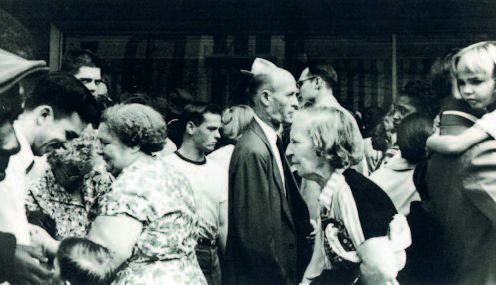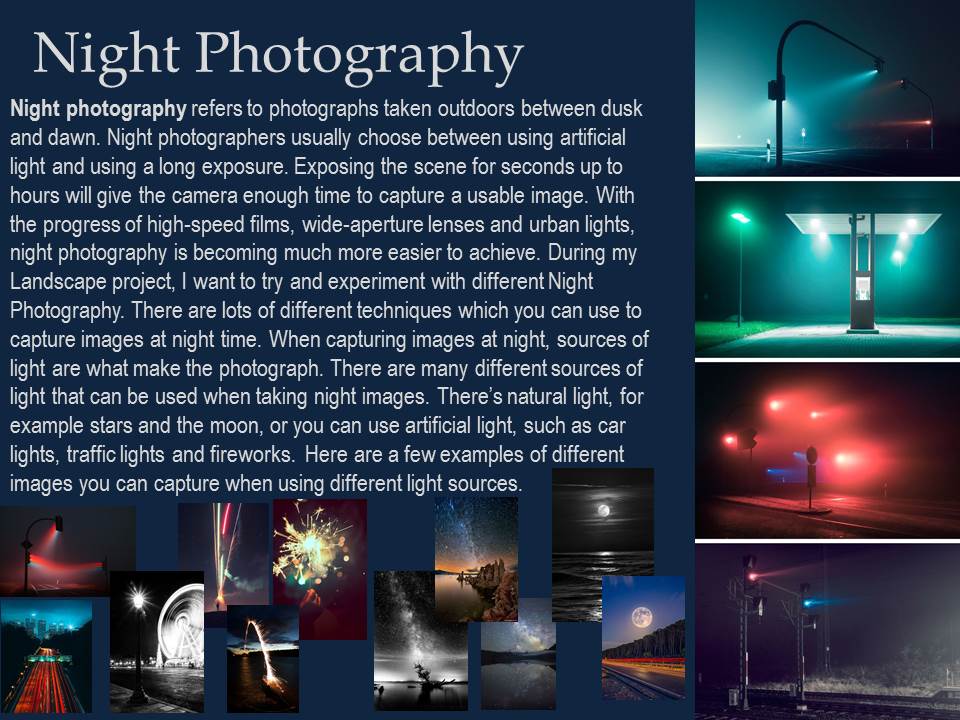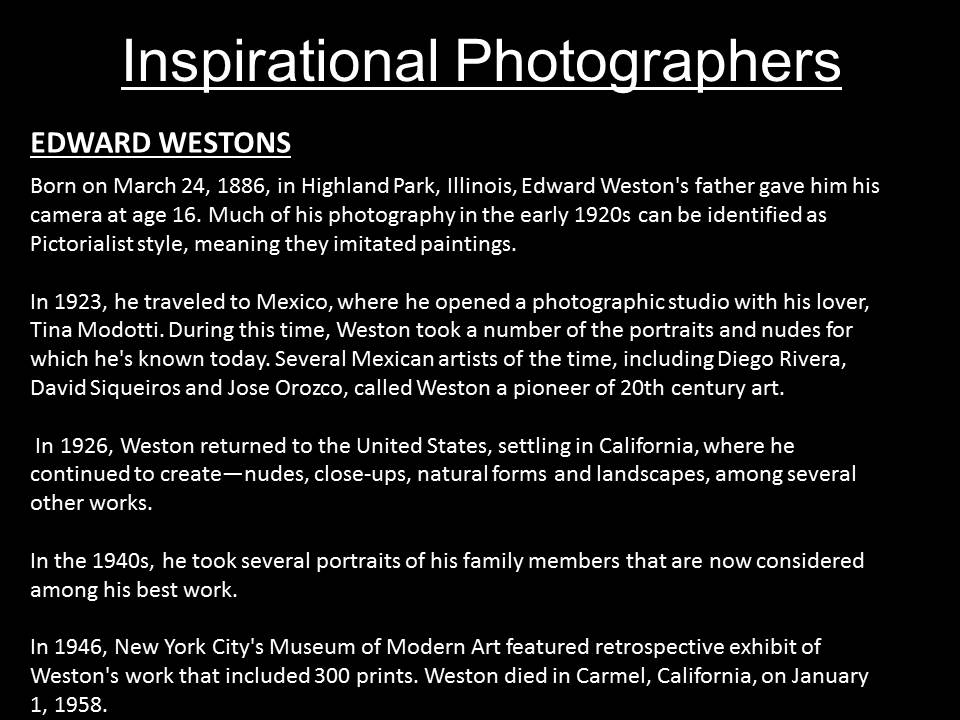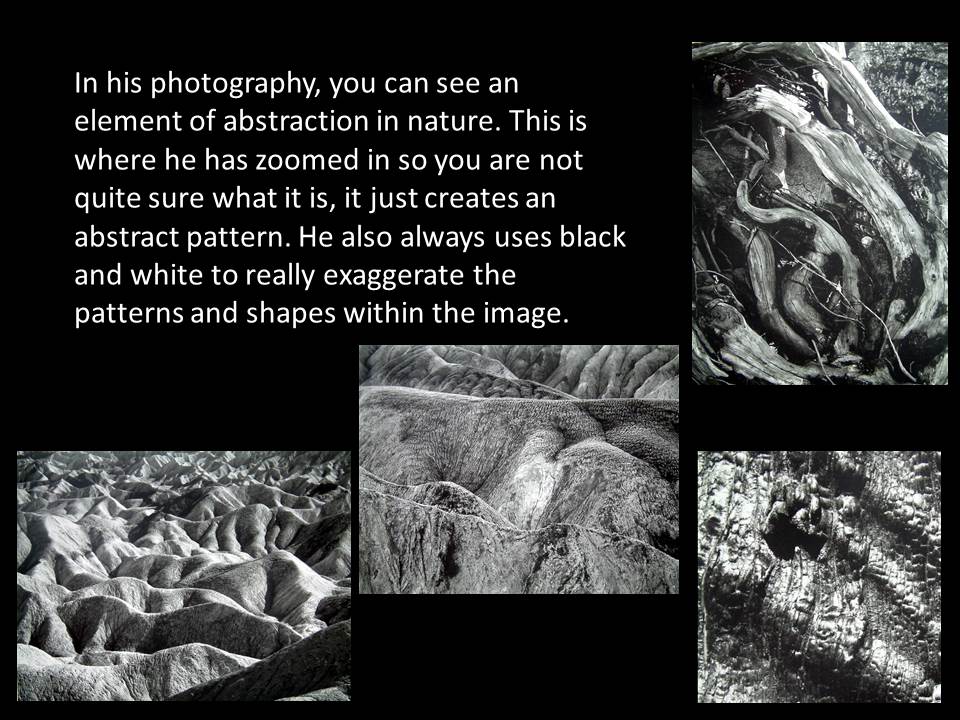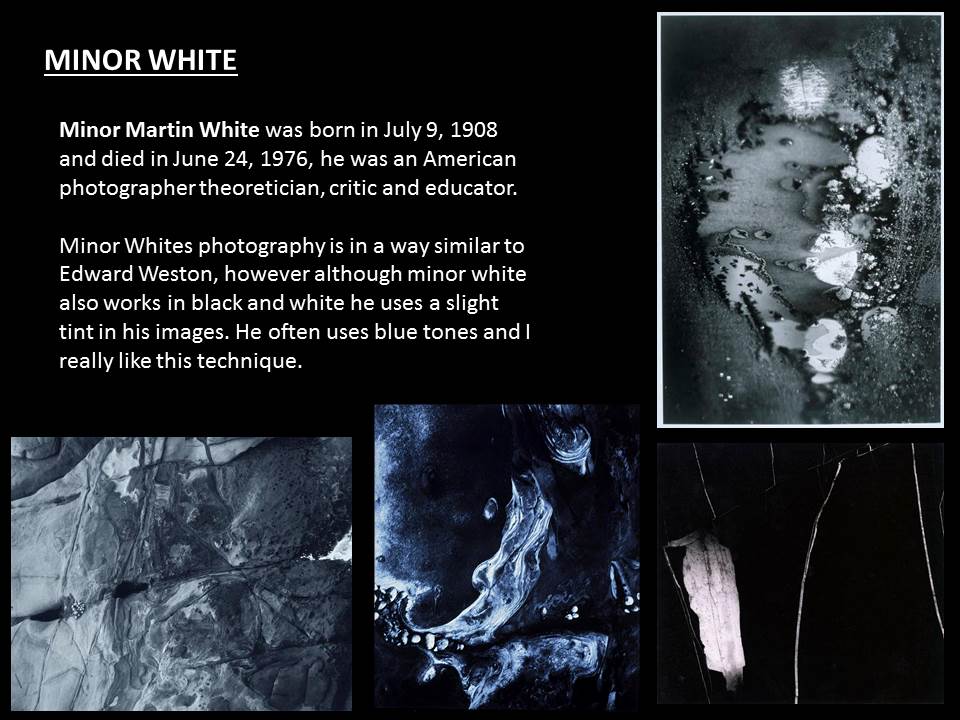Here are some videos of interviews with Todd Hido, my inspiration for the night photograhy series. These have helped me understand his views on the topic and have aided my knowledge of how to take photos to achieve a positive outcome. I also understand why he enjoys taking the images he does and I have tried to embrace this as much I can in my interpretation.
Category Archives: Research
Filters
Updated Mock Exam Preparation
Andy Warhol Inspiration- Pop Art
Formalism
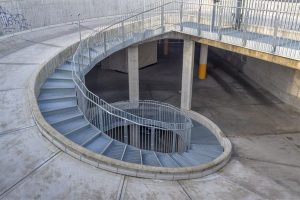
AS Photography Exam Title Guidance : “Structure”
AS Photog Exam: w/c Monday 24th April
- Groups C & D: Monday 24th & Thursday 27th April
- (Wednesday NO EXAM)
- Groups A & E: Tuesday 25th & Friday 28th April
Read this carefully and think how you can design a thorough unit of investigation that explores your chosen theme, topic or subject matter…
-
1.the arrangement of and relations between the parts or elements of something complex.“the two sentences have equivalent structures”
synonyms: construction, form, formation, shape, composition, fabric, anatomy, make-up, constitution; More
-
1.construct or arrange according to a plan; give a pattern or organization to.“services must be structured so as to avoid pitfalls”
<<<CHOOSE 1 STARTING POINT ONLY>>>
Use mindmaps and moodboards to start…
You should aim to complete at least 1 Photo-shoot per week
Structure
- Erin O’Keefe often photographs objects propped up in a corner. Her work explores the visual ambiguities of shadow, space, shape, colour and reflection. Originally an architect, her photographs are of real structures without using digital manipulation such as Photoshop. Many other photographers have experimented with constructed spaces and reflections, such as Florence Henri, Robert Smithson, Owen Kydd, David Haxton, Thomas Demand, Paul Strand etc
Florence Henri
Composition Nature Morte, 1929
photograph
2. Robert Frank shocked his adopted country when he published his groundbreaking book The Americans in 1957. Rather than seeing the cosy Middle America personified in later TV cartoons like The Flintstones, he revealed the raw push and shove of a society that was at odds with itself. Other photographers such as Nan Goldin, Jeff Wall, Chris Killip and Sophie Calle have also been compelled to expose the real structures in society and ‘Tell it like it is’.
Robert Frank
Canal Street – New Orleans, 1955
photograph
3. Stories can be told in a single frame, three frames, or, as in films, millions of frames. Narrative structures can be linear, such as with Duane Michals’ sequences, or non-linear such as Paul Graham’s A Shimmer of Possibility and Wolfgang Tillmans’ If One Thing Matters, Everything Matters. Photographers, filmmakers and animators find unique ways to structure the narratives in their work.
Duane Michals
Alice’s Mirror
photograph
Bill Owens
Untitled from ‘Suburbia’
photograph
4. Photographers have been fascinated by the structure of natural forms from the earliest days of the medium. Karl Blossfeldt found a monumental presence in simple seedheads. Edward Weston revealed beauty in the forms of peppers and shells. Robert
Mapplethorpe, Ori Gersht, Todd McClelland and Olivia Parker have also focused on natural forms in different ways, demonstrating personal responses to light and texture.
RM
Honesty
photograph
Here are some other suggestions that may stimulate your imagination / Starting points for photo-assignments
• Pine cones, pineapples, grapevines, hops, ivy, bindweed
• Scrapyards, building sites, cranes, restoration yards, derelict ruins
• Crystals, molecules, geology, fossils, footprints, tracks
• Stadiums, orchestras, rock concerts, floodlights, staircases
• Motorways, railways, runways, dockyards
• Flowers, plants, trees, fungi, algae, feathers, scales, shells
• Nests of weaver birds, wasps and bees, termite mounds, baskets
• Circuit boards, pipework, telephone poles, towers, pylons, skyscrapers
• Shop displays, escalators, bars, libraries, theatres and cinemas
• Gardens, parks, playgrounds, swimming pools, beaches
• Dolls, mannequins, puppets, cuddly toys, Lego
Assessment Objectives
You should provide evidence that fulfils the four Assessment Objectives:
AO1 Develop ideas through sustained and focused investigations informed by contextual and other sources, demonstrating analytical and critical understanding
AO2 Explore and select appropriate resources, media, materials, techniques and processes, reviewing and refining ideas as work develops
AO3 Record ideas, observations and insights relevant to intentions, reflecting critically on work and progress
AO4 Present a personal and meaningful response that realises intentions and, where appropriate, makes connections between visual and other elements.
Your preparatory studies should show evidence of:
• your development and control of visual literacy and the formal elements (tone,
texture, colour, line, form and structure)
• an exploration of techniques and media
• investigations showing engagement with appropriate primary and
secondary sources
• the development of your thoughts, decisions and ideas based on the theme
• critical review and reflection
Good luck and make sure you ask for guidance at any stage of the process…remember to play to your strengths and approach this unit in a similar way to your coursework units !!!
Abstraction
Night Photgraphy
Panoramic Photographers
Brad Templeton

I like this photograph because of it’s light blue hues from the water and encircling it is the dark Forrest area around the side going off into the distance. This is interesting to me because it appears like a sort of container to the beauty of the lake in which it is holding. This is significant as the blue water is portrayed as almost quite precious as the photographer appears to have enhanced the vibrance, contrast and brightness. The fact the hills in the background go far in the distance is also significant as it shows how the importance it is of preserving the lake. I believe this is successful because it adds strength to the current wooded area that we can see close up. I also like this photograph because of how the photograph is so calming due to it’s open space and brightened sky and land colors.

This photograph fascinates as the large depth of field caused by the high aperture adds to a strong city line. I also like how the photographer has strengthened this by enhancing the contrast again to strongly separate between the sky and Earth. With these strong dark tones of the city, contrasting with the brightened blue hue of the sky, it almost appears as if the city is a dirty place and the sky i somewhat pure and clean. This is therefore sending the message to me that we can’t let the dangers of the city’s pollution affect our natural environment. This is emphasized by the fact the photograph is slightly overexposed adding to the theme of a harsh environment.
Will Pearson

I love this photograph because of it’s romanticized composition that create a panorama that to me, is very beautiful. For example, the sunset, overlooking the sky, lighting up everywhere is beautiful, especially with the orange glow radiating off to the surrounding sky and reflected by the buildings. To enhance this, a warming filter can be added to the photograph on Photoshop to exaggerate the mood further. I also like the angle of which the photograph has been taken from. For example: the fact we are high up, looking face on at the sun in the distance, with the city below literally heightens the specialty of of the photograph in the sense that we and only a few other buildings are high up to enjoy the view with most of the city unable to.
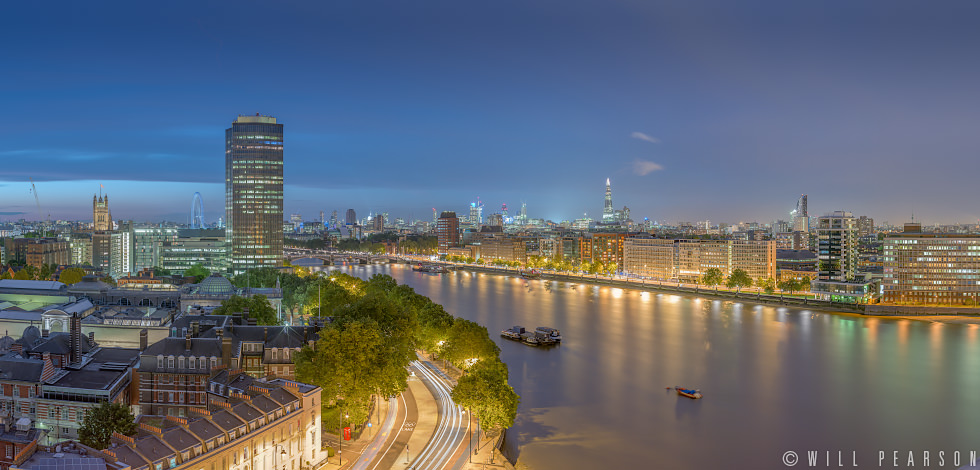
Finally, this photograph to me is interesting because of the fact its taken on a slow shutter speed, giving the colors subtlety and in this sense puts together a photograph of beautiful elegance. This stands out to me because often a city is known to be very rushed and busy. Interestingly, this photograph shows to me that if we stand back and admire the city and stop rushing around, there is lots of beauty within it. However what I also like is how the photograph has still captured the light of the city showing that it is still alive and still breathing, not taking anything away from it. It has done this by taking a photograph with little light but an extremely slow shutter speed and high aperture to still have that sense of busyness of a city.


